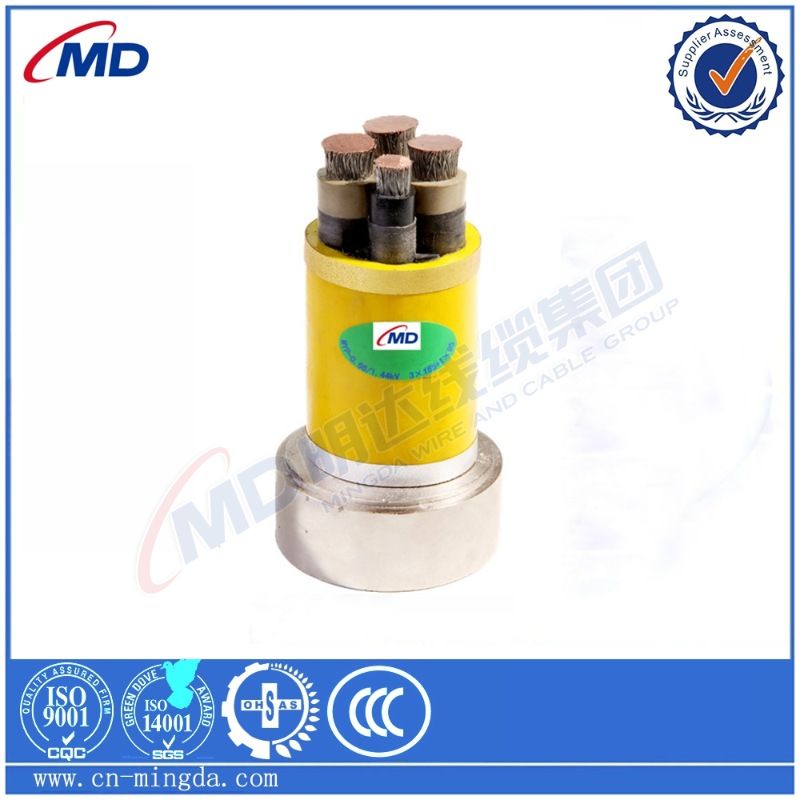พ.ย. . 22, 2024 13:34 Back to list
gate valve non rising
Understanding Non-Rising Stem Gate Valves
Gate valves are essential components in various industrial applications for controlling the flow of liquids and gases. Among the different types of gate valves, non-rising stem gate valves are particularly popular due to their unique design and operational advantages. This article delves into the features, benefits, and applications of non-rising stem gate valves, highlighting their significance in modern engineering.
What is a Non-Rising Stem Gate Valve?
A non-rising stem gate valve is a type of valve that uses a gate or wedge mechanism to control flow. Unlike rising stem gate valves, where the stem rises with the gate during operation, in non-rising stem gate valves, the stem remains stationary while the gate moves up and down. This design is particularly beneficial in applications where vertical space is limited.
Features of Non-Rising Stem Gate Valves
1. Compact Design One of the most significant advantages of non-rising stem gate valves is their compactness. Since the stem does not extend outward, these valves can be installed in tight spaces, making them ideal for underground or confined installations.
2. Less Operational Height Requirement Non-rising stem gate valves require less vertical clearance compared to their rising stem counterparts. This feature allows for easier installation in places where height restrictions exist, such as piping systems in high-rise buildings.
3. Robust Construction Non-rising stem gate valves are generally built to withstand high pressures and temperatures. Their robust design ensures that they provide reliable performance even in demanding environments.
4. Versatility These valves can be used for various applications, including water supply, waste treatment, oil and gas industries, and chemical processing. Their ability to operate under various conditions makes them a versatile choice for many engineers.
gate valve non rising

Benefits of Non-Rising Stem Gate Valves
1. Space Efficiency As mentioned earlier, the compact nature of non-rising stem gate valves makes them suitable for installations where space is a premium. This advantage leads to significant savings in both installation costs and maintenance.
2. Reduced Wear and Tear The non-rising design minimizes the exposure of the stem to external elements, reducing wear and tear. This feature contributes to increased longevity and reliability, resulting in lower maintenance costs over time.
3. Ease of Operation Non-rising stem gate valves can be easily operated using handwheels or actuators without the need for extensive space. This ease of operation enhances user experience and operational efficiency.
4. Cost-Effectiveness The overall design and construction of non-rising stem gate valves often mean lower initial costs compared to rising stem models. Additionally, their durability leads to decreased operational costs over the lifespan of the valve.
Applications of Non-Rising Stem Gate Valves
Non-rising stem gate valves are predominantly used in applications where flow control is crucial. They are commonly found in water and wastewater treatment plants, HVAC systems, irrigation systems, and industrial applications involving fluids like oil and gas. Their versatility and efficiency make them a reliable choice for engineers looking to optimize flow control in myriad settings.
Conclusion
Non-rising stem gate valves offer numerous advantages that make them an attractive option for engineers and facility managers. Their compact design, versatility, and ease of operation position them as a valuable addition to flow control systems in various industries. As technology continues to advance, the reliability and efficiency of non-rising stem gate valves will undoubtedly play a significant role in future engineering solutions.
Share
-
Reliable Wafer Type Butterfly Valves for Every IndustryNewsJul.25,2025
-
Reliable Flow Control Begins with the Right Ball Check ValveNewsJul.25,2025
-
Precision Flow Control Starts with Quality ValvesNewsJul.25,2025
-
Industrial Flow Control ReliabilityNewsJul.25,2025
-
Engineered for Efficiency Gate Valves That Power Industrial PerformanceNewsJul.25,2025
-
Empowering Infrastructure Through Quality ManufacturingNewsJul.25,2025